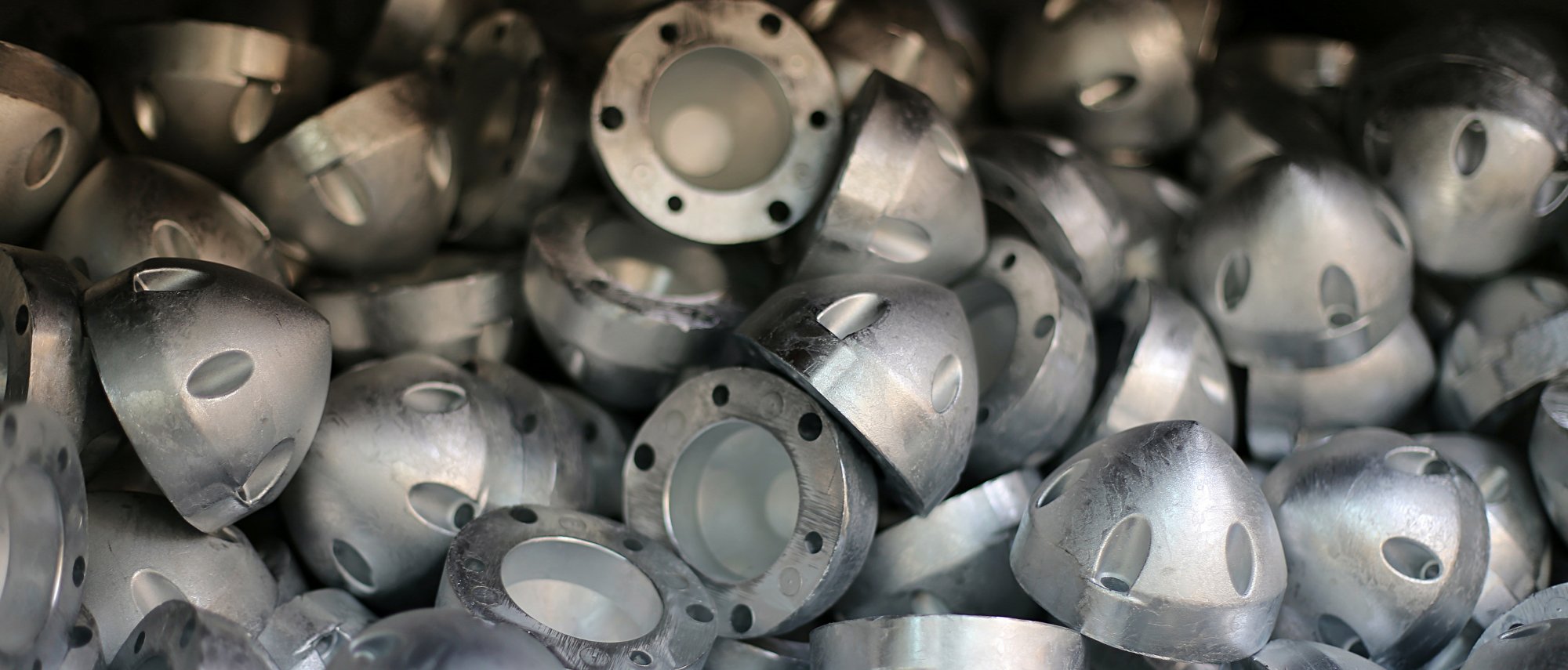

Dubai and Melbourne could not be geographically more distant, the former is located in the United Arab Emirates while the other is in Australia, but, if we talk about desalination, then they have something in common: a huge plant that takes care of this. In the port of Jebel Ali it is indeed possible to find the largest desalination plant in the world, costing a good 13 million dollars. But if the purpose of the Jebel Ali plant is purely to show off luxury and guarantee a future without water shortages, the situation is quite different for that of Wonthaggi, commissioned in 2007 and still under construction. This has cost 3.5 billion and will exceed in size that of Jebel Ali with the aim of defeating the drought that is lashing the Australian capital. Dubai and Melbourne perfectly represent the two faces of desalination.
Currently in the world they reuse more than 200 million water a day and there are more than 20,000 desalination plants, two figures that are destined to rise enormously in 2019/2020 (as we'll see). This growth is driven by the Middle East, where desalination is up by 28% and numerous projects are planned. Even the United States of America does not joke, with a growth of 25%. Fortunately, it is reverse osmosis desalination technology that is dominant in the global market (90%) which, as seen last week, produces less unsalted water, but also has less impact on the environment. Furthermore, the development of desalinators is not slowing down that of water reuse, indeed, the two methods are often implemented together. For example, the United States of America is also the second largest market in the world for water reuse (first place is China).

In Europe there are currently 2352 desalination plants which, for the most part (84%), use the technology of reverse osmosis. Only 8% of these plants have substantial dimensions, but it is precisely this percentage that contributes most to the production of unsalted water (69% of the total produced in Europe). The leading country in desalination in Europe is Spain (68%) which suffers from a huge water crisis. Not surprisingly, Spain is also a leader in water reuse (and once again we see how these two practices often move together). The rest of the plants are mainly concentrated in the Mediterranean countries (Italy 9%, Cyprus 8%, Malta 5% and Greece 3%), but there are also some small plants in the northern countries (United Kingdom, Holland, Denmark and Germany) which are mainly used in the industrial sector.
Italy is therefore the second European country for desalination (albeit with a huge gap from the first) and, not surprisingly, the issue is at the center of a series of political/environmental discussions. In February of this year, a handbook for the correct management of the plants was signed which aims to cover a regulatory gap generated by the most recent directives regarding the marine environment. These are the ten points:

After a decade in which the price of desalinators has risen up due to the high costs, both in material and energy terms, the recent technological discoveries and the calls announced in Saudi Arabia and Abu Dhabi are pushing the global desalination market towards what will be the biggest growth in this sector in the 2000s. Only in Europe is it expected that, thanks to the new regulation for agricultural use recently approved by the European Parliament, the production of desalted water will grow from 3 million m3 per day to 18 million m3/day!
The need for drinking water is growing fast and many European countries are getting closer to the state of water crisis. The European Blue Economy Report states that, if the growth in this requirement continues at current rates, its cost will reach € 73.5 billion. This cost, however, takes into account current technologies and, precisely for this reason, Europe is investing heavily in the development of desalination plants that use RES (renewable energy resources) with the aim of achieving a mega-scale desalination which: consumes the minimum of energy, produces the least amount of waste and converts the largest quantity of water possible. A perhaps utopian vision, but which becomes more necessary every day.

METSTRADE is the world's largest trade fair for equipment, materials, and systems for recreational....
Our team is ready for the 63rd Genoa International Boat Show from 21 to 26 September.
METSTRADE IS the world’s largest trade exhibition of leisure marine equipment, materials....
For over 30 years Tecnoseal has been present at the Genoa International Boat Show, whose 2022....
Il 2021 ci vede di nuovo presenziare ai principali eventi mondiali dedicati alla nautica e....
NACA family is growing! Tecnoseal is glad to announce that new products have been introduced....
Anche per il 2020 Tecnoseal ha preso parte come espositore al Salone Nautico Internazionale....
Tecnoseal is pleased to announce the arrival of the MY BOAT QR CODE. Born from the union between....


